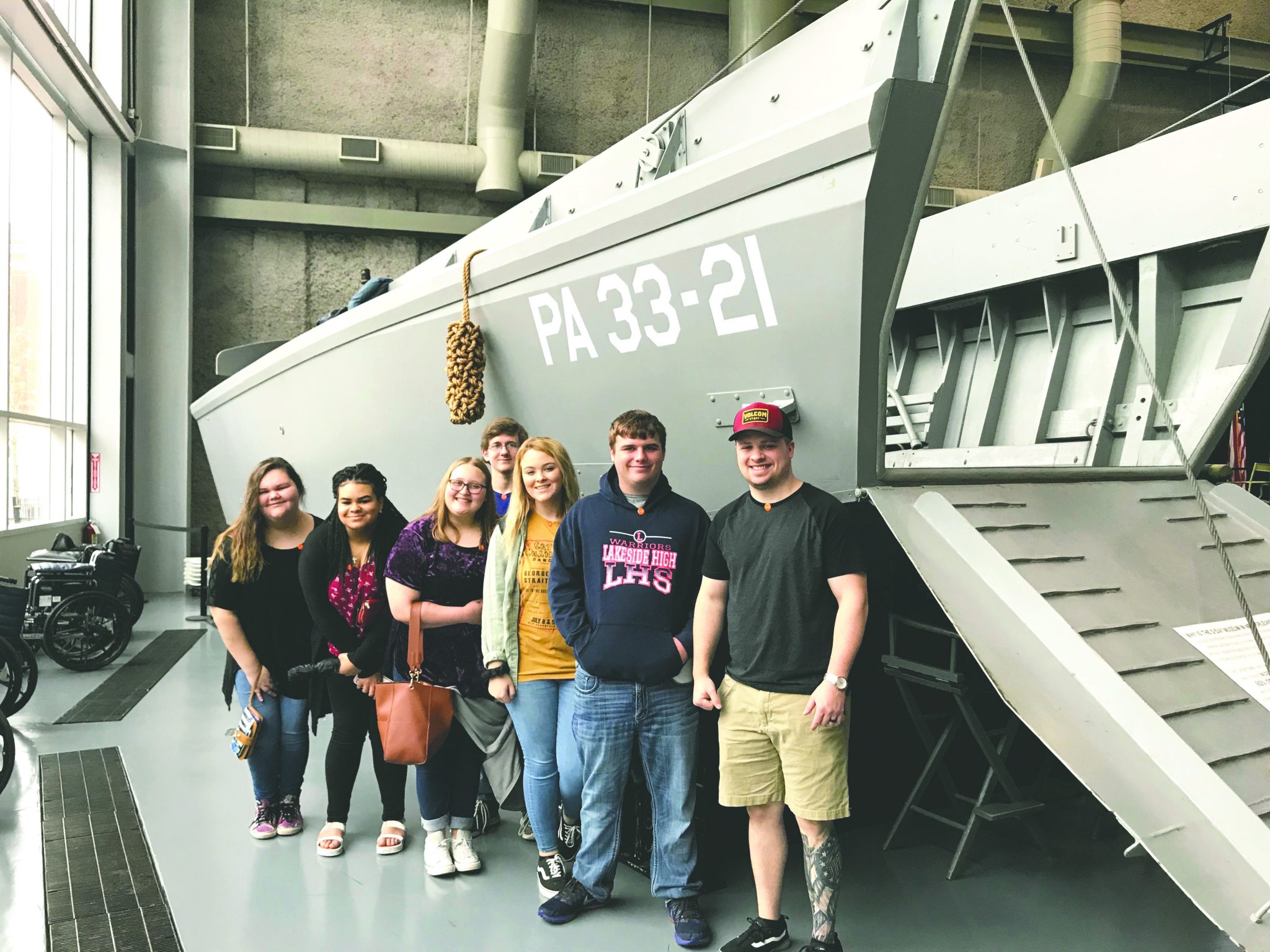162
Josh Beavers
Special to the Minden Press-Herald
In the Crescent City, resting upon its Magazine Street foundation, there is a building.
Inside this building there are rooms where the spoken word has no power against the visceral reaction tha
Lakeside students visit WWII Museum in New Orleans
previous post




